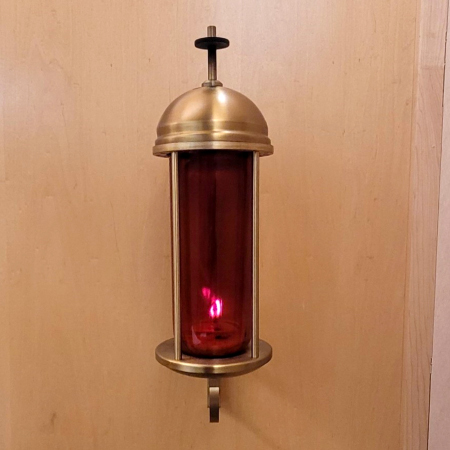The old blacklisting against Jews has now been enthusiastically renewed on American campuses

The goal of college diversity programs for Jews
They’re coming for you next: Rather than write a column today (I feel very burnt out by all that I read), I would instead like to point my readers to this detailed overview of the return of wide-spread and pervasive anti-Semitism at American universities, all under the guise of the “diversity, equity, and inclusion” (DEI) mantra, which in itself is merely a restatement of “critical race theory,” which is also merely a rewording of basic Marxist racism.
This quote sums the article up:
[T]he DEI regime is key to understanding the climate on college campuses for Jewish students. Our desire to quantify everything has led the network of Jewish advocacy groups in the United States to measure anti-Semitism by “incidents.” That is certainly part of it—but only part. It is unnerving to see a swastika or “from the river to the sea” scrawled in chalk on the sidewalk outside a campus Hillel. But what those incident reports don’t show are actions and thought leadership sometimes orders of magnitude more sinister.
In an atmosphere where DEI has great sway, merely to denounce anti-Semitic violence is to risk one’s job, reputation, career, livelihood. And to express one’s Judaism openly on college campuses in that atmosphere requires a dose of courage no one should be required to show just to live a day-to-day life. In 2021, the Louis D. Brandeis Center for Human Rights Under Law surveyed “openly Jewish” college students and found that nearly 70 percent “personally experienced or were familiar with an anti-Semitic attack in the past 120 days.” In addition, more than 65 percent “have felt unsafe on campus due to physical or verbal attacks, with one in 10 reporting they have feared they themselves would be physically attacked.” And, the Brandeis Center continues, roughly 50 percent “have felt the need to hide their Jewish identity.”
Of those who hid their identity on campus, 30 percent did so because they were worried about how their professors would treat them. And why wouldn’t they worry? George Washington University sided with the professor who harassed Jewish students and retaliated when they objected—all in the name of “diversity.”
The story recounts many examples of this kind of bigotry, all endorsed and even instigated by the diversity officers at the colleges, with many of those stories already specifically described by me in past blacklist columns. What makes this article useful is how it takes a wider view to clearly illustrate how the administrative culture of academia is now hand-in-glove with anti-Semitism, and is working hard to encourage it at all levels.

The goal of college diversity programs for Jews
They’re coming for you next: Rather than write a column today (I feel very burnt out by all that I read), I would instead like to point my readers to this detailed overview of the return of wide-spread and pervasive anti-Semitism at American universities, all under the guise of the “diversity, equity, and inclusion” (DEI) mantra, which in itself is merely a restatement of “critical race theory,” which is also merely a rewording of basic Marxist racism.
This quote sums the article up:
[T]he DEI regime is key to understanding the climate on college campuses for Jewish students. Our desire to quantify everything has led the network of Jewish advocacy groups in the United States to measure anti-Semitism by “incidents.” That is certainly part of it—but only part. It is unnerving to see a swastika or “from the river to the sea” scrawled in chalk on the sidewalk outside a campus Hillel. But what those incident reports don’t show are actions and thought leadership sometimes orders of magnitude more sinister.
In an atmosphere where DEI has great sway, merely to denounce anti-Semitic violence is to risk one’s job, reputation, career, livelihood. And to express one’s Judaism openly on college campuses in that atmosphere requires a dose of courage no one should be required to show just to live a day-to-day life. In 2021, the Louis D. Brandeis Center for Human Rights Under Law surveyed “openly Jewish” college students and found that nearly 70 percent “personally experienced or were familiar with an anti-Semitic attack in the past 120 days.” In addition, more than 65 percent “have felt unsafe on campus due to physical or verbal attacks, with one in 10 reporting they have feared they themselves would be physically attacked.” And, the Brandeis Center continues, roughly 50 percent “have felt the need to hide their Jewish identity.”
Of those who hid their identity on campus, 30 percent did so because they were worried about how their professors would treat them. And why wouldn’t they worry? George Washington University sided with the professor who harassed Jewish students and retaliated when they objected—all in the name of “diversity.”
The story recounts many examples of this kind of bigotry, all endorsed and even instigated by the diversity officers at the colleges, with many of those stories already specifically described by me in past blacklist columns. What makes this article useful is how it takes a wider view to clearly illustrate how the administrative culture of academia is now hand-in-glove with anti-Semitism, and is working hard to encourage it at all levels.













